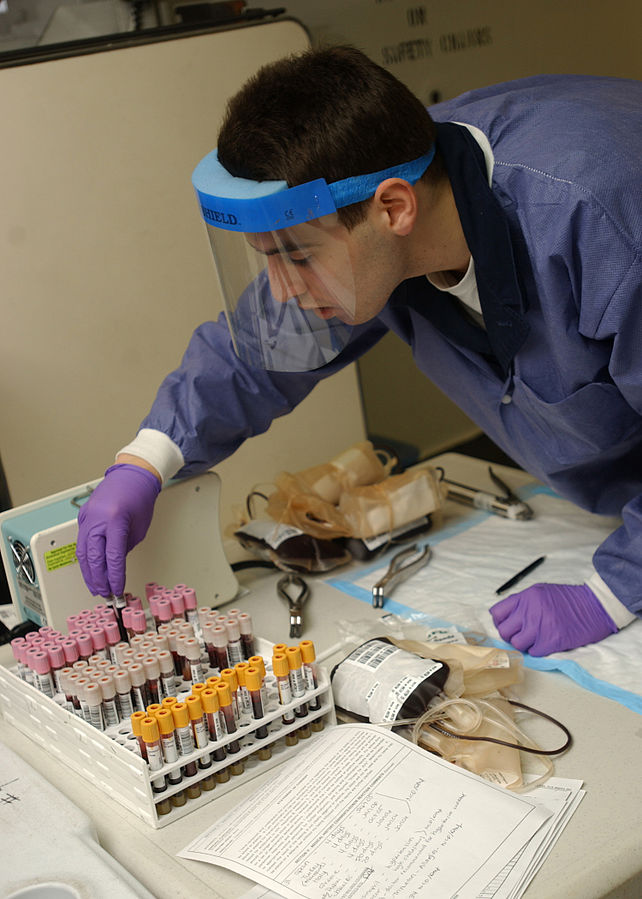Universal Understanding
April 29, 2015
You may have heard the news from Great Britain that Conservative parliamentary candidate for Cambridge, Chamali Fernando suggested that people with certain mental health conditions could wear wristbands to be better identified if they needed assistance.
Immediately, her opponents seized upon her comments and comparisons were made to yellow stars and pink triangles. Any stigmatization of persons with disabilities and wearing colored wristbands, even in the context of being helpful, should be appalling. Comparing it to symbols of the Holocaust is disturbing. The star and the triangle were used to identify, dehumanize and exterminate the persons wearing it. She was not suggesting that. (Note: Chamali deleted her Twitter account following the incident. You can read her full comments here.)
I have no intention of inserting myself into the mudslinging of a foreign election. It sickens me when it happens in my own United States.
Chamali Fernando was wrong to suggest colored wrist bands. Her full comments have now been made public and she feels they were taken out of context. I am not convinced. However, she was trying to bring up a problem that is real.
But the firestorm that has ensued raises an interesting issue. How do we protect and serve individuals whose differences might require unique responses by first responders, public defenders or even bartenders?
For some people it is obvious. My son, who has Down syndrome, looks different. Even so, he wears a medical bracelet that will alert responders to some unique medical conditions. My mother uses a walker. But my father’s confusion and anxiety are not so easy to identify. Both carry a list of their medications with them. Nobody would understand that my beautiful nine year old niece experiences seizures all day long that are not noticeable but interfere with her learning and understanding what the world expects from her.

I think I have the solution. It comes from how we responded to the AIDS/HIV epidemic. Initially, the terror of a highly contagious disease polarized us and we saw some of the ugliest responses towards people who were infected and their families.
Who can forget Ryan White, a young hemophiliac and the ostracization, hatred and isolation he and his family experienced? How can we forget the homophobia the disease brought out towards our neighbors and coworkers?
Slowly, common sense prevailed and we learned to practice “universal precautions.” We assumed, since it was impossible to determine by looking at an individual, whether they were infected or not; instead, we assumed that everyone could be infected.
Universal precautions refers to the practice, in medicine, of avoiding contact with patients’ bodily fluids, by means of the wearing of nonporous articles such as medical gloves, goggles, and face shields. The practice was expanded into schools and other settings. When my daughter’s nose was broken in a field hockey game, those rushing to her aid practiced universal precautions.
I think the medical community gives us the key to the answer on how to identify those that may need to be treated differently. It won’t cost any money. It is easy to implement.
What if instead of colored wrist bands, we just assumed that everyone might need to treated with understanding? What if we assumed that not everyone spoke English, or understood simple directions? What if we assumed that everyone might be terrified of law enforcement?
What if we just treated each other with universal understanding?



